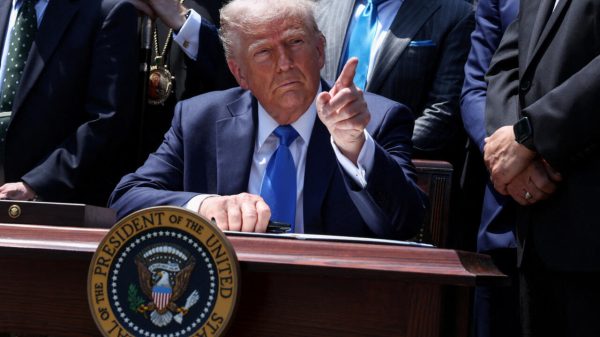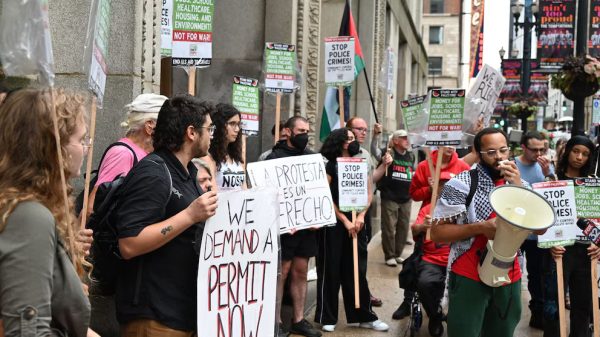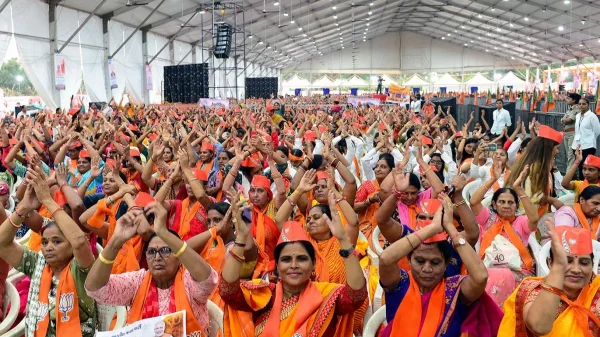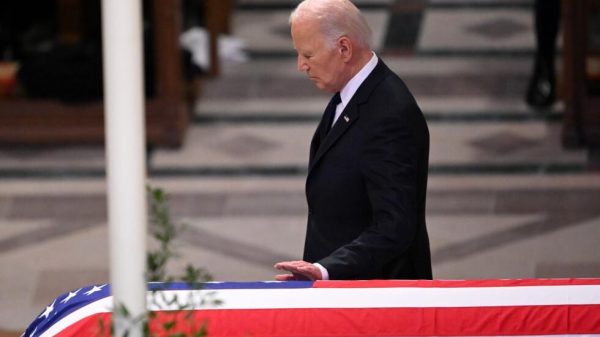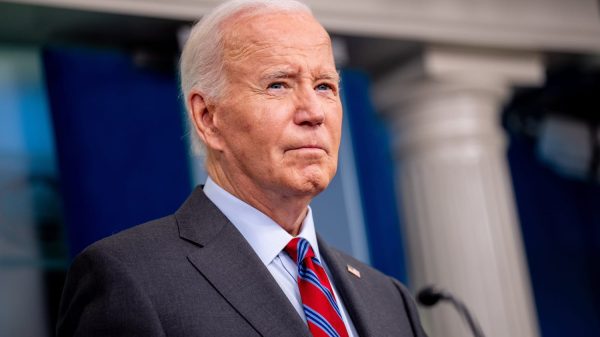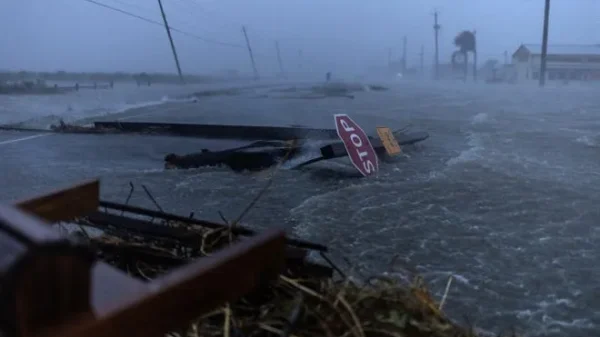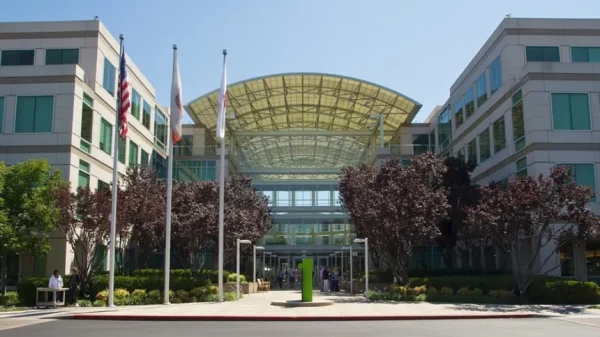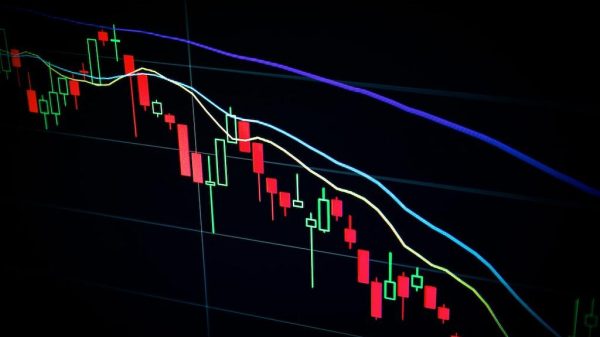The 2024 UK general election marked a significant shift away from the ruling party, characterized by a notable decline in voter turnout. Despite expectations of a high turnout due to new voter ID regulations and heightened campaign rhetoric, only 60% of eligible voters cast their ballots. This low turnout sparked debates about voter disillusionment and its impact on election outcomes, which will only become clear with further analysis from the British Election Study.
The electoral system itself saw unprecedented disparities between vote shares and seat allocations. The Liberal Democrats secured 71 seats with just 12.2% of the vote, while Reform UK gained four seats on a 14.3% share. Conversely, Labour achieved a substantial majority with only a slight increase in vote share from 2019, largely due to strategic voting efficiencies concentrated in key constituencies.
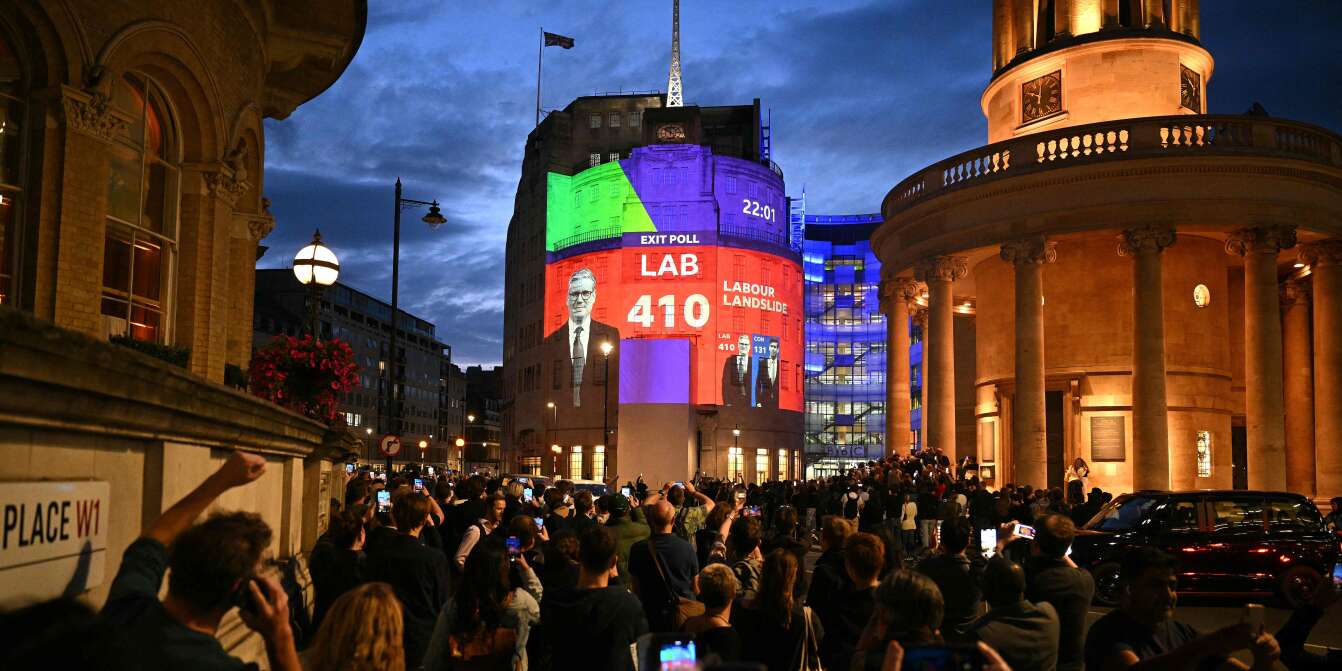
The 2024 UK General Election Voter Turnout, Electoral System Disparities, and Political Landscape
Geographically, the election underscored the emergence of a new political map. Previously dubbed the “red wall,” attention shifted to the “blue wall” contested by the Liberal Democrats, particularly in the South West and parts of Oxfordshire.
These areas, with their affluent and Remain-supporting demographics, posed challenges and opportunities for the Liberal Democrats in positioning themselves against a potentially shifting Conservative strategy.
Labour, despite losing ground in some traditional strongholds, managed to assemble a diverse coalition across England, Scotland, and Wales. This coalition, while broadened socially and geographically, faces challenges from both the Green party, which gained traction among left-leaning urban voters, and Reform UK, especially in seats formerly held by UKIP.
The election also highlighted a broader trend of political fragmentation, with Labour and the Conservatives collectively achieving their lowest combined share since 1945.
This fragmentation, exacerbated by the resurgence of smaller parties like the Liberal Democrats and Greens, as well as increased independent candidacies, complicates predictions for future elections and strains the electoral system’s capacity to accurately reflect voter preferences.
Looking ahead, understanding these evolving party dynamics within distinct demographic and geographic groups will be crucial. The 2024 election has set the stage for a potentially volatile political landscape, where coalition maintenance and strategic positioning will shape future electoral outcomes amidst ongoing shifts in voter behavior and party strategy.





